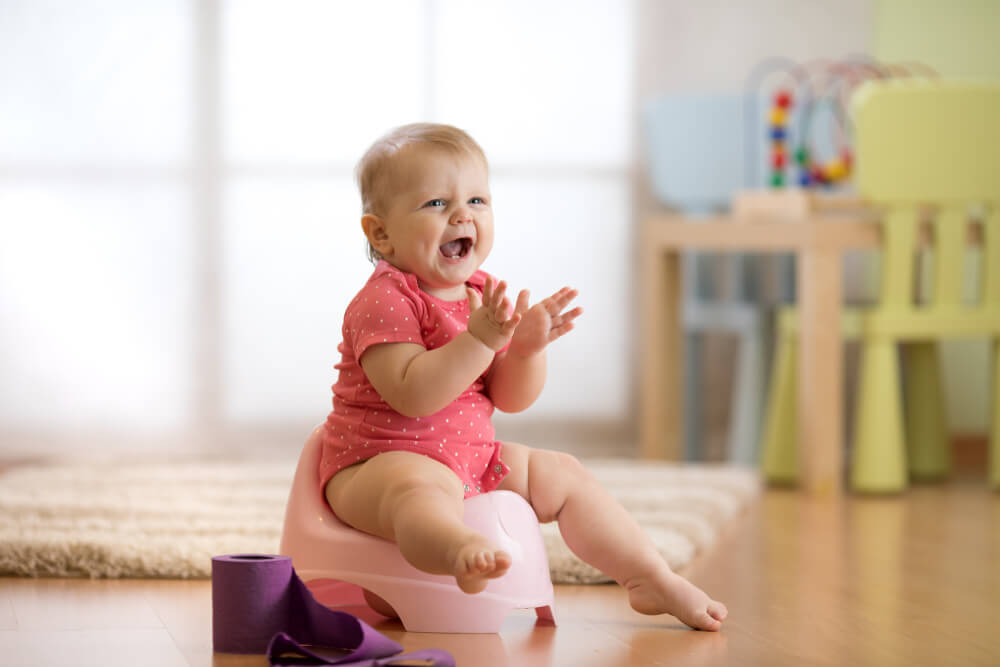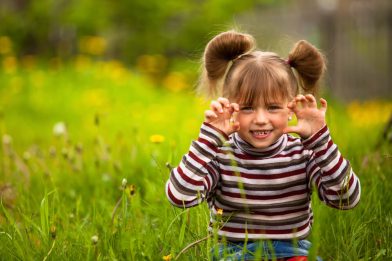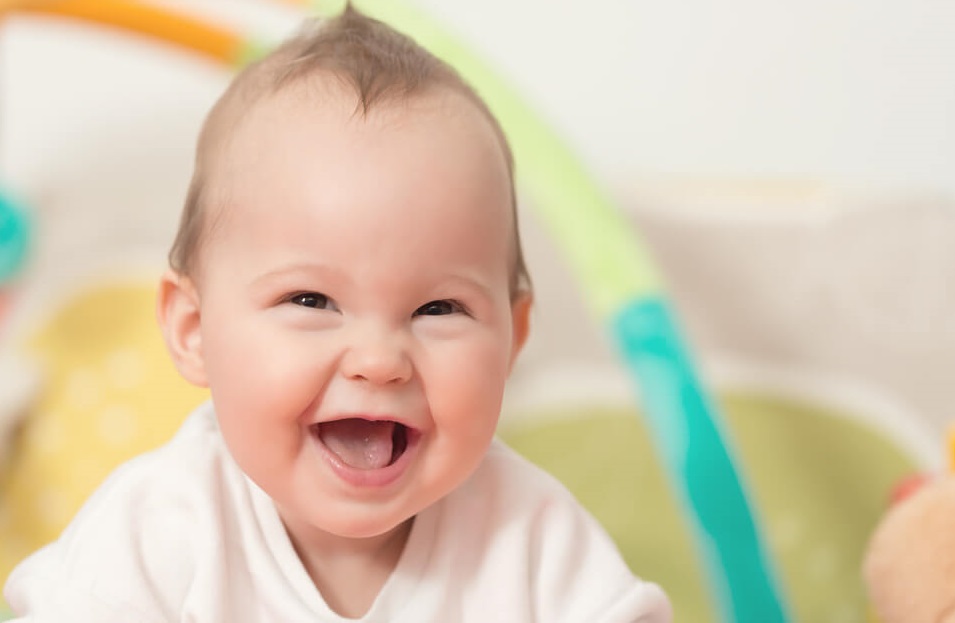2-Year-Old Milestones: Signs to Look Out For and What to Expect
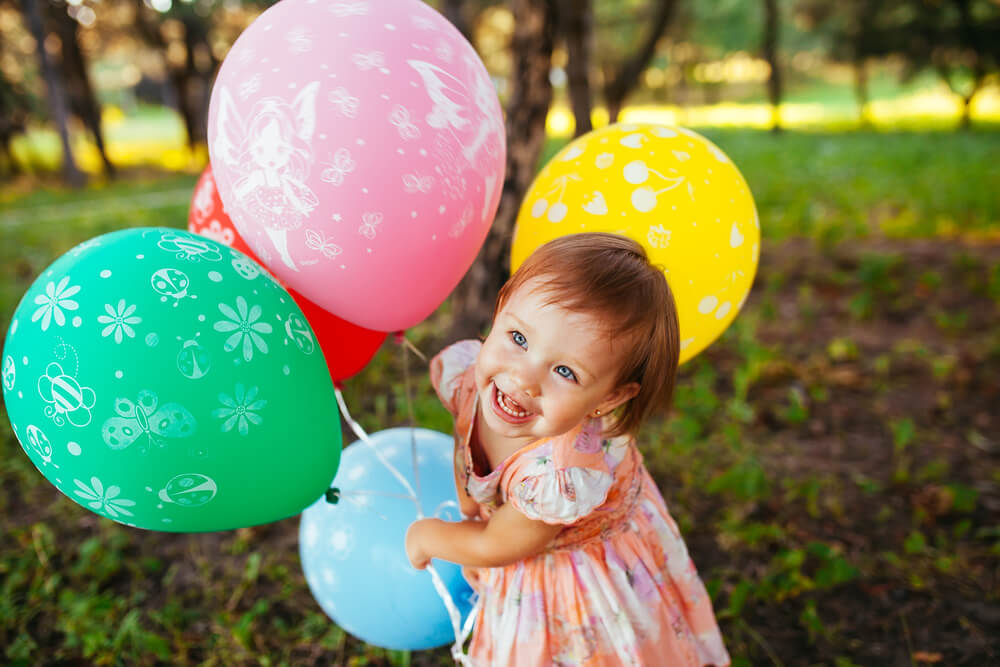
By the age of two, your little one is beginning to leave the baby stage, and the coming year will bring lots of exciting milestones in terms of language development, coordination skills, and how they play and learn.
We explore below the key milestones for 2-year-olds, the signs that they’re approaching, and how best to support your child as they hit these important stages of their development.
Contents:
- Physical Developments
- Major Two-Year-Old Milestones
- Two-Year-Old Schedule
- Hitting Milestones: When to Worry
- Activities to Try with Your Two-Year-Old
- Taking Care of Your Two-Year-Old
- How to Support Your Child as They Learn
- What About the 2-Year-Old Regression?
Physical Developments
At two years old, the average boy weighs 12.7kg (28lb) and has a height of 2 foot 10 inches. The average 2-year-old girl weighs 12.1kg (26lb 11oz) and has a height of 2 foot 9.5 inches.
This will be a big year for physical growth: over the next twelve months, you can expect your child—whether boy or girl—to gain approximately 1.5kg. And while kids will start their second year wearing shoe size 6-8, by the time they turn three they’ll be wearing a size 8-10.
Major Two-Year-Old Milestones

Fernanda_Reyes/Shutterstock.com
At this age, change is going to come thick and fast: at times it may feel like your little one is mastering a new skill or you’re needing to switch up their routine virtually every week! Here are the developments you’ll see, and when to expect them.
Movement
By the age of two, your child will be able to toddle around, exploring their environment with growing confidence. They’ll be able to run (albeit in a wobbly fashion!), kick, and throw a ball overhead, and you’ll probably notice that they’re keen to try out their new-found climbing skills at every opportunity.
It’s important to ensure that your 2-year-old is always supervised, due in large part to their increased mobility combined with a yet-to-be-developed sense of danger!
Their physical skills will increase as this year progresses, and you’ll notice them becoming surer on their feet. Give your child plenty of opportunity for safe physical play as they master these skills.
Language
One of the key milestones for this age is language development. You may notice that, in the run-up to this stage, your child is increasingly frustrated as they try to communicate but can’t quite formulate the words or phrases that they need. Help give them the vocabulary they need by naming things when you’re out and about on a walk, during play, or while doing everyday household tasks.
As they move through the months of their second year, you can expect your little one to begin to use simple sentences—containing two to four words—to express themselves or their needs. They’ll increasingly be able to point (correctly!) to things that you name, and will know the names of familiar body plants, animals, household items, etc.
Emotional and Social Developments
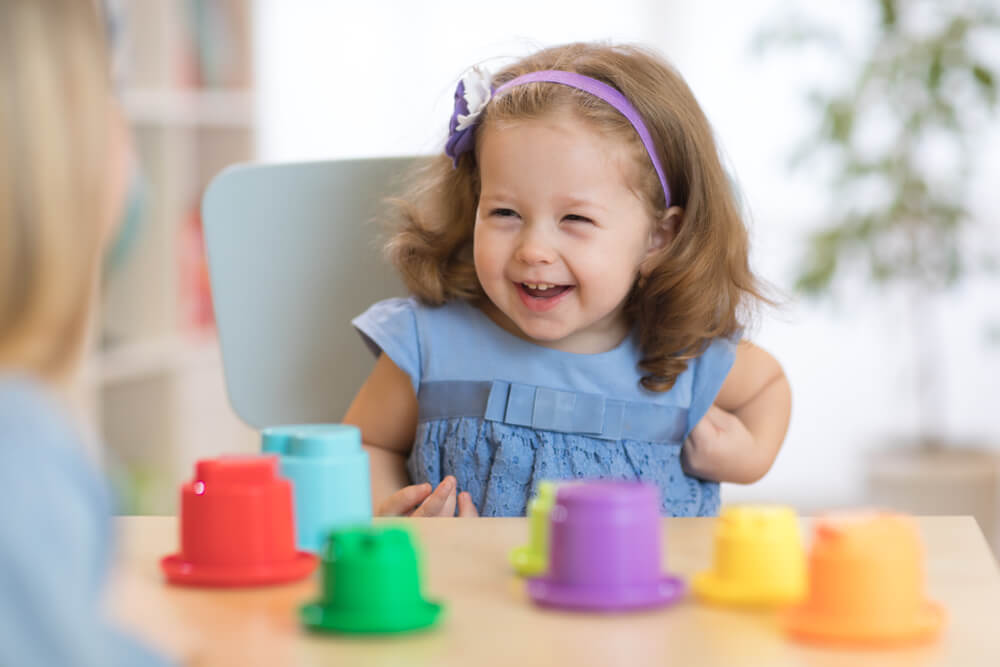
/Shutterstock.com
You’ll notice that your 2-year-old is beginning to copy adults as well as other children, and this is an important sign of the emotional developments that are taking place and demonstrates your child’s growing awareness of societal expectations and how to interact with others.
At this age, you may also notice that your little one exhibits excitement at being around other kids and people they know, and will be keen to be more independent. This drive to do things on their own may cause some anger or frustration when they wish to do something that they can’t safely tackle alone, and an increase in tantrums can be the result.
Help to calm your child’s emotions by finding as many opportunities as possible for them to complete tasks unaided.
This could be, for example, allowing them to ‘dry’ some plastic tableware or cutlery if they want to help when you’re doing the dishes, or allow for some extra getting ready time in the morning so that they can have a go at putting their own socks on—so that even if this takes ten minutes, the pressure’s off.
Brain
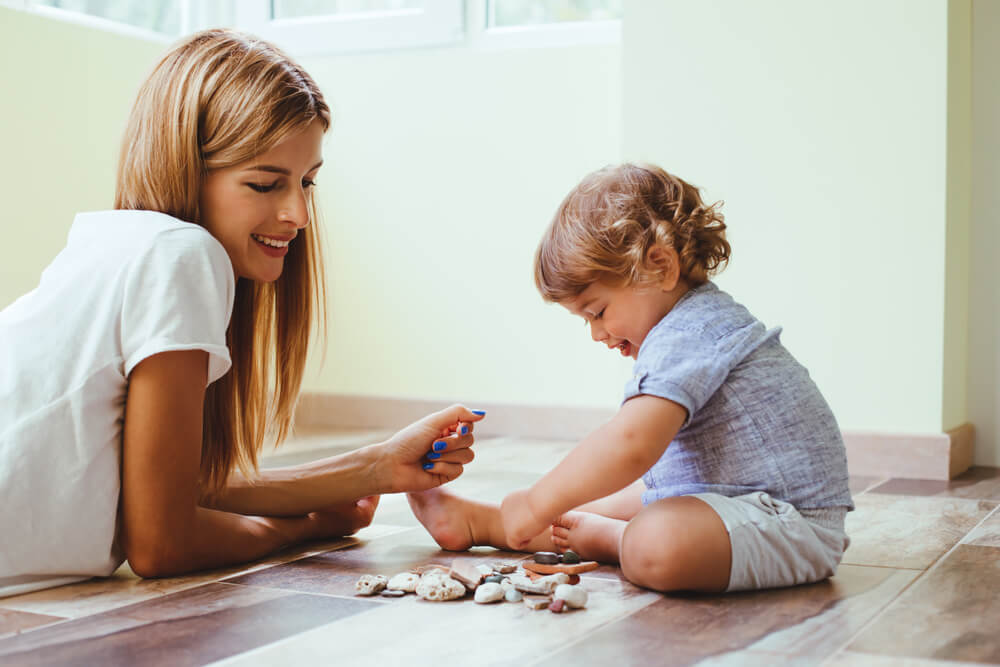
Alena Ozerova/Shutterstock.com
This year will see a massive increase in your toddler’s cognitive skills, as they are increasingly making sense of the world around them. They’ll be able to follow simple instructions and may even be able to complete sentences in books they’re familiar with.
You’ll be able to spot some key ways that your child is developing through how they play. They’ll begin to play simple games of make-believe and build small towers with blocks, and you’ll notice that they’ll be attempting to sort shapes and colors.
To help develop these skills, allow your child plenty of time for both structured and free play. Give them everyday items, like a cardboard box, toddler-safe glue and pens, shells, and beads for example, and see what they create—they’ll need to be supervised at all times to prevent them from putting small items into their mouths, or from giving your living room a ‘makeover’!
Fine Motor Skills
At the age of two, your little one will be well on their well to developing fine motor skills, too. They should be able to make or copy a line or circle, and you’ll also notice that they’ll be getting much better (and marginally less messy!) at using utensils when they’re eating.
Help your child to develop these skills by setting them small challenges throughout the day. Ask them to draw the biggest and smallest circle that they can, or to turn the pages of a book that you’re reading together.
Two-Year-Old Schedule
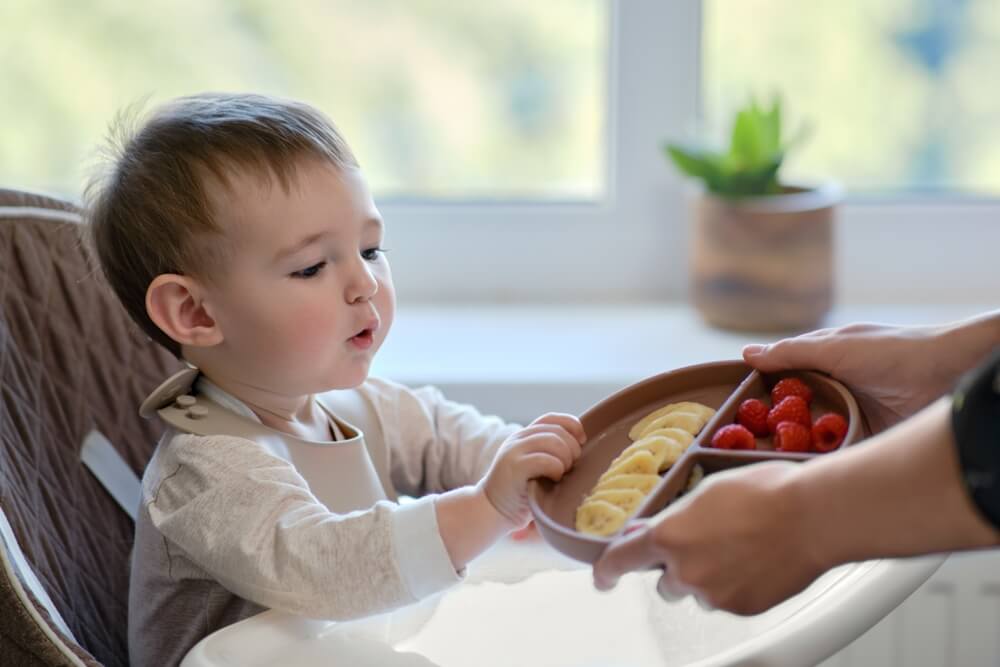
Zhuravlev Andrey/Shutterstock.com
Your toddler’s daily routine is going to look very different from the one they had as a baby—and you may find that they’re getting very vocal about their preferences when it comes to their routine, too!
The vast majority of kids will still need at least one daytime nap, and it’s vital to build these sleep times into their routine to prevent over-tiredness and help support their development.
A 2-year-old schedule could include a wake-up time of around 7.30 am followed by breakfast. Snacks can be offered mid-morning and mid-afternoon. After lunch is typically the best time to put a 2-year-old down for a nap, following a morning spent busy and bustling around, and they’ll be likely to sleep for around one to two hours. Around 5 pm is a good time for a child of this age to eat dinner, which can be followed by some play time, a bath, and then bed at about 7.30 pm.
Hitting Milestones: When to Worry

gpointstudio/Shutterstock.com
While it’s normal for kids to develop and grow at different rates, it’s important to be aware of the things to look out for that could signify an issue. It’s important to speak to your doctor if you notice any of these things in your 2-year-old:
- Isn’t walking steadily.
- Doesn’t seem able to understand simple instructions.
- Doesn’t copy words or actions.
- Loses any of the skills they previously had.
- Doesn’t seem to know what to do with common objects, such as a spoon or brush.
- Isn’t saying two-word sentences, like ‘more milk.’
Activities to Try with Your Two-Year-Old
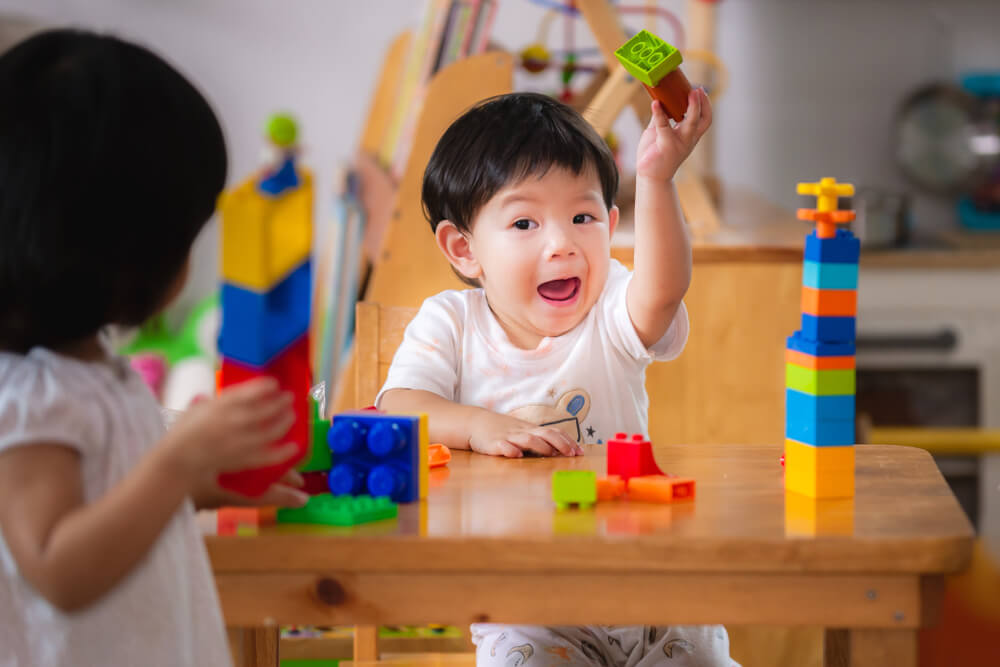
Seahorse Photo in BKK/Shutterstock.com
This is a great age to have fun with your child: their growing sense of the world around them and their innately mischievous nature make for many truly magical moments! Here are some activity ideas to enjoy trying out with your little one.
Sink or Float?
This simple activity both supports learning and is highly entertaining for this age group. All you need is a large bowl of water and some small everyday objects. Ask your child to drop each item into the bowl to see if it floats or sinks. You’ll be surprised at just how much young kids will enjoy this activity.
Laundry Sort
Turning everyday household chores into games is an easy way to keep very young children entertained while also supporting learning. Kids of two usually love to use their new-found sorting skills: ask them to separate the laundry by color, or even texture: this boosts their hand-eye coordination skills, too.
Simon Says
This game is perfect, as it can be adapted to take into account words and phrases your child already understands, as well as new ones for them to learn. They’ll also love turning the tables when it’s their turn to be ‘Simon’!
Magnetic Fishing Game
Many versions of this game are suitable for 2-year-olds, who tend to love the challenge of hooking the fish. This game can be played alone (with supervision) or together, and it helps to develop fine motor skills, concentration, and focus.
Taking Care of Your Two-Year-Old
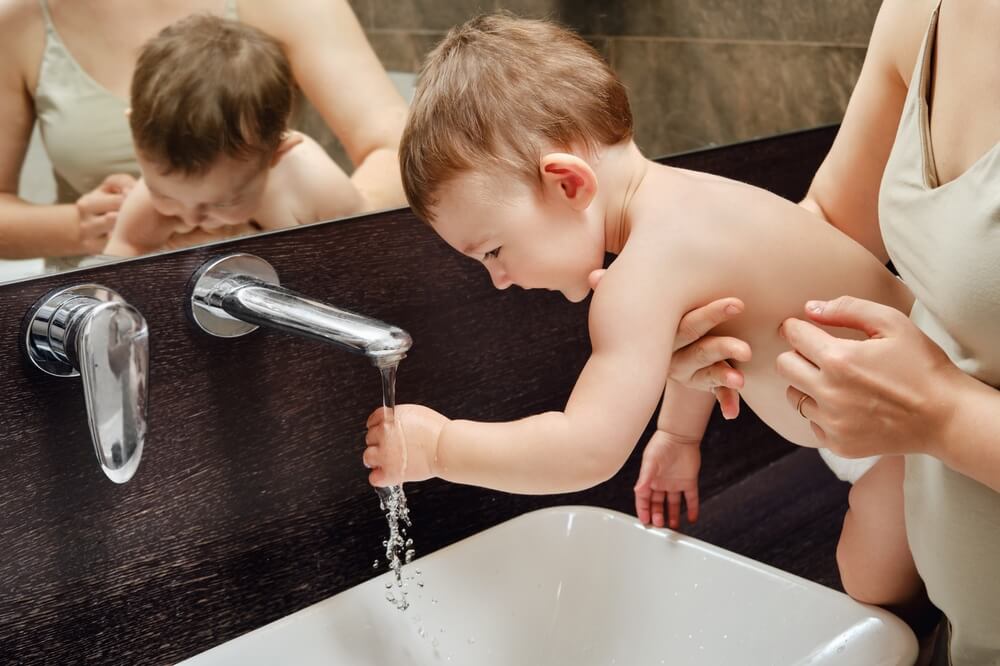
Zhuravlev Andrey/Shutterstock.com
The increased inquisitiveness and mobility of your child at two results in some challenges when it comes to keeping them safe. Here are the things you need to do:
- Be mindful of the stairs in your home. Keep using a stairgate until your child is completely confident in being able to get up and down stairs and can do so safely.
- Check toys regularly for loose or broken parts.
- Never leave your toddler unsupervised around water, even for a second. Ensure outdoor ponds are pools are out of bounds.
- Make sure your child sits up straight to eat, and encourage them to chew their food thoroughly to prevent choking.
- Prevent your child from putting things into their mouth and always supervise them when around items that could constitute a choking hazard.
- Always secure your child in an appropriate and properly fitted car seat when driving with them.
- Don’t hold a hot drink while your toddler is sitting on your lap (or, more likely, climbing on you).
How to Support Your Child as They Learn
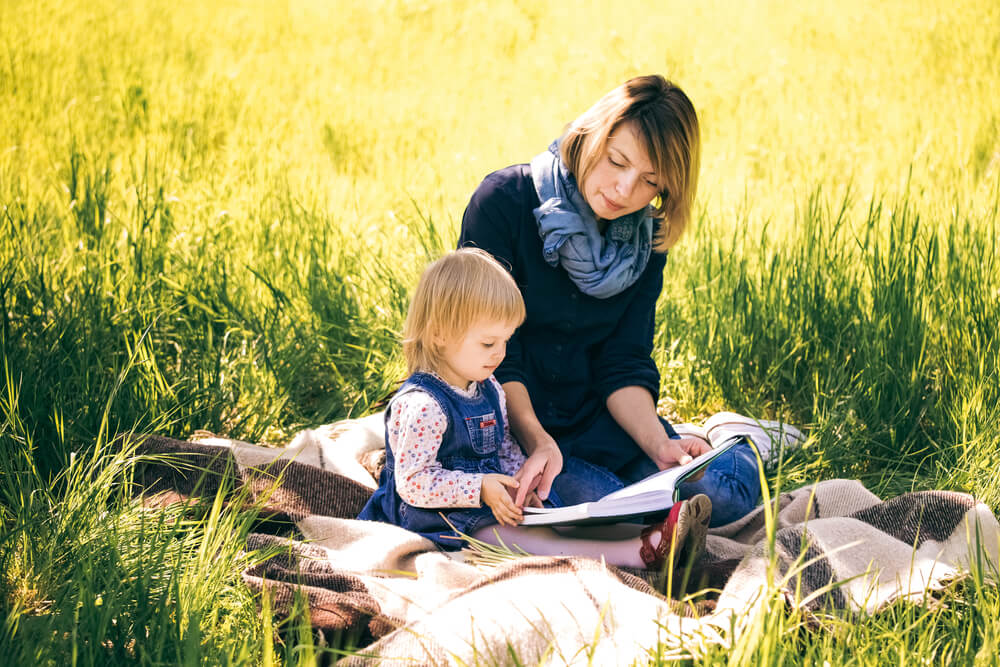
Andrii Oleksiienko/Shutterstock.com
There are lots of things you can do to help support your child as they approach and reach each milestone.
Simple things, like making sure they get enough sleep at night (kids of this age need around twelve hours a night plus a daytime sleep) can make a huge difference to their ability to learn and understand new things—not to mention their mood!
Giving your child as many opportunities as possible to play physically and try out new types of movements is also important: try dancing together, or set up running and jumping games for them and a friend: this is a fantastic way to help them burn off excess energy, too.
Joining in with imaginative play can work wonders: speaking, cognitive skills, problem-solving, and fine motor skills can all be supported by getting involved with the games your child has dreamt up.
Knowing how best to handle inevitable tantrums is useful, too: encourage your child to let out all their feelings, and resist the urge to scold. Often, it’s better to focus on making your child feel safe until the storm passes—you can always talk about what happened later, once they’ve calmed down.
What About the 2-Year-Old Regression?
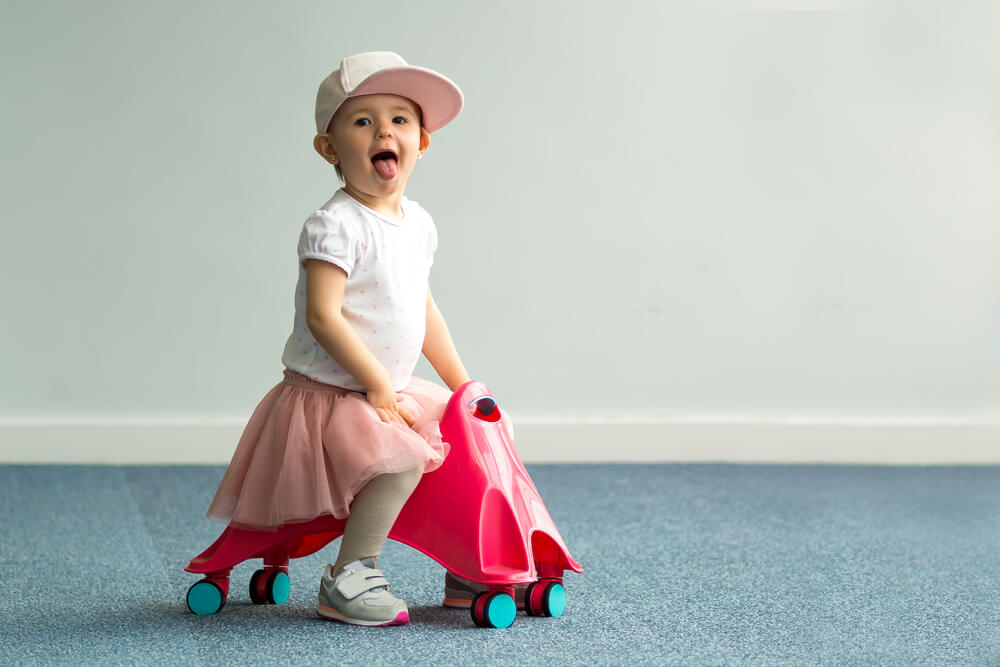
petereleven/Shutterstock.com
You may have heard of a sleep regression that happens during a child’s second year. There can be a few reasons for this:
- They no longer need a daytime nap. As they approach three, you may find that you need to drop your child’s daytime sleep or cut down on its length, for them to sleep through the night.
- Teething. If discomfort is the cause of your child having problems with falling asleep, then speak with your healthcare practitioner about ways to soothe the pain.
- Resistance! Kids of this age are smart, and often simply don’t want to risk missing out on any of the fun that could be happening while they’re sleeping. Having a proper, consistent wind-down time before putting them to bed can help.
Keeping Your 2-Year-Old Happy, Healthy, and Thriving
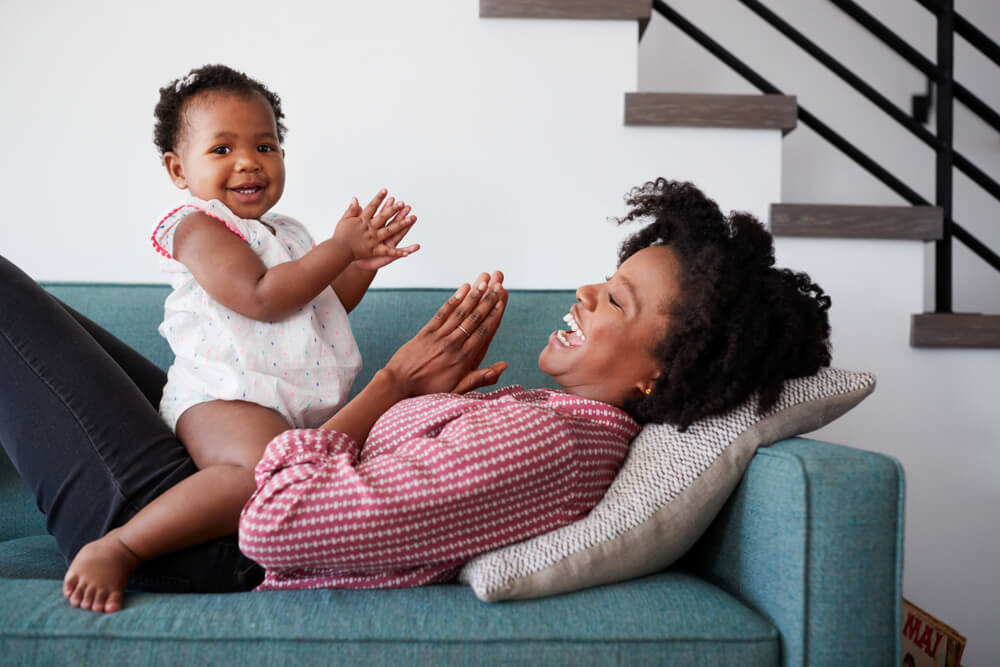
Monkey Business Images/Shutterstock.com
This is a wonderful age, and it’s magical to watch as your baby becomes a toddler, developing and mastering new skills as the months of their second-year pass. Use the guide above as a checklist to stay aware of what to look out for, and how to support your child as they reach each important milestone.
Let us know your own tips: how did you help your kids in their developmental journey? Share with us the hints and hacks that worked for you!
The picture on the front page: David Tadevosian/Shutterstock.com
Проверьте электронный ящик














